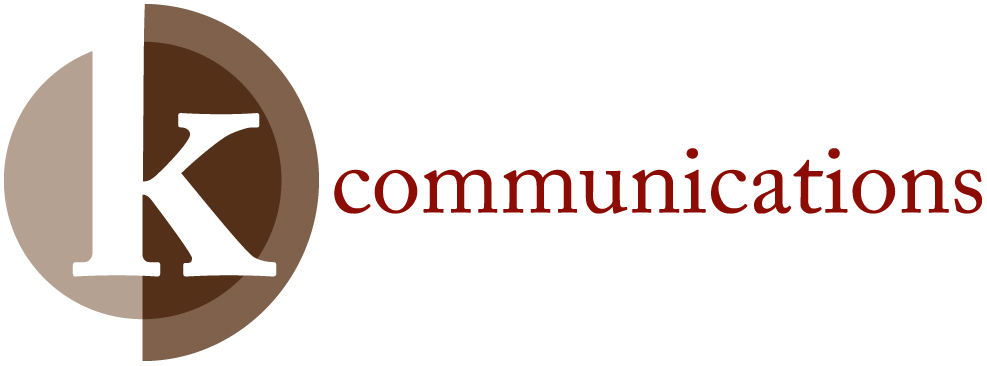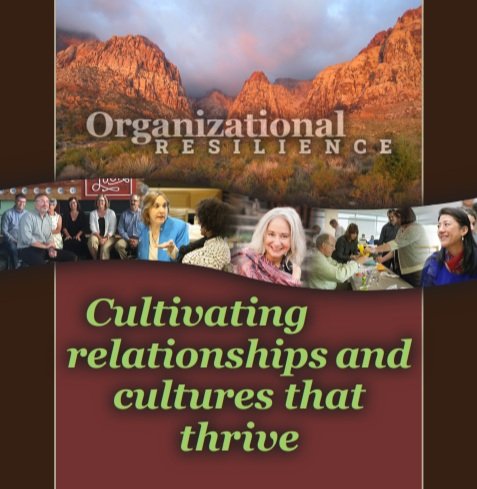Change is Not the Enemy
/Let’s talk about change.
Not the strategic roadmap version of it, or the sanitized bullet points in a PowerPoint deck. I mean real, messy, uncomfortable change—the kind that stirs up feelings, disrupts routines, and makes people clutch their coffee cups a little tighter in morning meetings.
Here’s the thing: we all know change is constant. And yet, when it shows up—a new system launches, a reorg is announced, or the “way we’ve always done it” is up for debate—our gut reaction is often to resist.
Why is that?
At the heart of our discomfort is the feeling of not being in control. (Any other “control enthusiasts” out there?!). Even if we didn’t love the old way, at least we understood it – and our place in it. The predictability brought comfort. Change, on the other hand, forces us into unknown territory—and that triggers fear, loss, and sometimes a sneaky little emotion we rarely admit in the workplace: grief.
Grief? Yes. Grief over a role in which we once had more clarity. Grief over lost status. Grief over norms that suddenly vanish in the name of “efficiency.”
Even welcomed changes can be stressful. The uncertainty combined with real or perceived risks can be daunting. It is natural to experience resistance – often in the forms of avoidance, worry, delayed decision-making, and giving into negativity biases. We may hunger for such absolute reassurance of choosing the “right” path that it puts us into an analysis paralysis.
Left unchecked, resistance can lead to frustration, communication breakdowns, credibility issues, relationship struggles, energy suck, and stagnation.
But here’s the opportunity: what if, instead of reacting from fear, we responded with curiosity?
This is where becoming a change agent comes in. Not necessarily in title, but in mindset. Change agents don’t wait to be convinced—they get curious. They ask questions like: “What’s possible now that wasn’t before?” or “What do we want to create together?”
Being a change agent doesn’t mean pretending change is easy. It means acknowledging the discomfort and choosing to engage anyway. It means advocating for context, compassion, and communication—because people don’t resist change as much as they resist being changed without their input.
Leaders with a healthy relationship to change find they can make better and more timely decisions, have a bias for action, and know how to inspire others. They also can identify when it is time to shift gears (neither too soon or too slowly), with an understanding of when their team’s groove has gone into autopilot and morphed into a rut of inertia.
You may not consider yourself an agent of change, but if you are a leader, you set the tone. If you tend to be cautious around change, be transparent about your assessment of a situation and invite others to make their case. If you tend to make change too rapidly – or fail to bring your team along – you could benefit from slowing down and providing the business case so that you don’t fall victim to, “ready, fire, aim”.
Change leadership means creating clarity, reducing fear, and empowering action.
Leaders who embrace change as a natural phenomenon create a culture of initiative-taking, possibility thinking, problem-solving, and innovation. This is not change for the sake of change but change with purpose – aligned with the organization’s vision and goals, designed to grow the next generation of leaders, and tuned into the evolution of the industry and shifts in the market.
So how do you build this kind of mindset?
In my resiliency workshops, we talk a lot about adopting a growth mindset as a way to navigate new situations, challenges, or life’s curve balls.
Notice your own resistance. What is it trying to protect? Then move to empathy – for yourself and others. Your coworkers aren’t being “difficult”—they’re navigating uncertainty just like you. Listen more. Validate concerns. Create space for people to process.
Take action. Even small moves matter. Be the person who translates ambiguity into enthusiasm. Offer solutions. Connect dots. Celebrate wins, even the tiny ones. And when things go sideways—and they will—lead with honesty and accountability, not spin.
Making the Case for Change
In Jim Collins’ book, “Good to Great”, he argues that the problem with “good companies” is that they get complacent. Done thoughtfully, change can give you a competitive advantage and revive lethargic cultures. It can propel teams away from tolerating mediocracy and light a fire for growth. Done poorly, and it can simply be disruptive and chaotic. Think, “squirrel” or “flavor of the month”. The common response I hear from long-term employees in these workplaces? They choose to take no action and tell newcomers, “this too shall pass”.
Building trust during times of change is one of the most critical responsibilities of a leader. An effective way to do that is to be transparent, sit with the messiness of it, model adaptability, and rally others forward.
Because here’s the truth: change is rarely a solo sport. It’s collective. Cultural. Cumulative. The more we embrace that, the more resilient, creative, and aligned our organizations become.
How do you do change?
Whatever your relationship is to change – resist it, embrace it, begrudgingly accept it, or actively seek it out – it is an inevitable force in our workplaces.
Most people have a complex relationship to change. We can desire it while actively resisting it. We can energetically seek it out only to not be satisfied with it once we get it – feeling perpetually restless. We may avoid it unconsciously with statements like, “we’ve tried that before” or “nothing’s going to change”. Perhaps you are totally comfortable with the idea others changing!
So, let’s reframe our relationship to change. It’s not just something to endure—it’s something to shape.
And maybe—just maybe— change is not the enemy; it is merely an invitation to evolve.
What change are you ready to champion?



